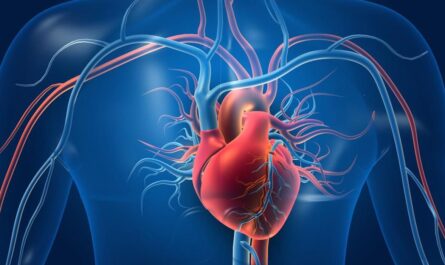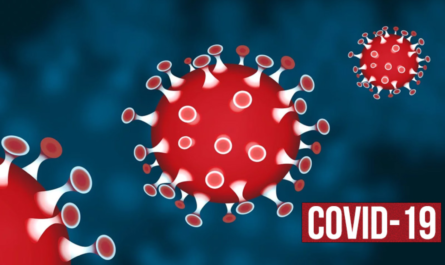A recent study conducted in Brazil suggests that severe cases of COVID-19 are characterized by a thrombotic disease, with blood clotting being one of the primary consequences. The study, published in the Journal of Applied Physiology, examined the autopsies of nine patients who had died from the severe form of the disease. It revealed that the virus, SARS-CoV-2, has an affinity for the endothelium, the layer of cells that lines blood vessels, leading to alterations in lung vascularization and thrombosis.
According to Elnara Negri, a pulmonologist and the first author of the study, the virus initially affects microvascular circulation, particularly in the capillaries of the lungs. This is followed by clotting in larger vessels, which can extend to other organs in the body. The study sheds light on the sub-cellular aspects of endothelial damage and thrombotic phenomena caused by the infection, providing a deeper understanding of the pathophysiology of the disease.
The study also highlighted the impact of acute inflammation on lung microvascular circulation as a key factor in the development of severe COVID-19. It revealed that the viral invasion and destruction of the endothelium compromise the endothelial barrier, leading to the recruitment of circulating immune cells and the activation of pathways associated with both thrombogenesis and inflammation.
Furthermore, the study showed that endothelial injury precedes the development of respiratory distress, characterized by alveolar capillary membrane leakage and the accumulation of fibrin. It also found that clotting in severe COVID-19 is not typical of the usual process triggered by activation of coagulation factors but is instead caused by factors such as dysmorphic red blood cells, platelet activation, and NETosis, which makes the blood thicker and contributes to complications.
The findings of the study have important implications for the treatment of severe COVID-19 patients. Negri emphasized the need to keep patients hydrated and administer the appropriate dose of anticoagulants. She highlighted that patients with severe COVID-19 experience dehydration of the lungs rather than the buildup of fluid. This leads to a condition known as “happy hypoxia,” where patients do not exhibit shortness of breath despite dangerously low levels of oxygen saturation.
To optimize treatment, Negri recommends starting anticoagulation therapy at the onset of oxygen desaturation and adjusting the dose daily based on blood work. Additionally, she suggests continuing prophylaxis for four to six weeks after discharge to allow for the regeneration of the endothelium.
The study conducted by Negri and her team is not the only one to support the thrombotic nature of severe COVID-19. Another recent article published in Nature Medicine by researchers in the United Kingdom identified fibrinogen and D-dimer, proteins associated with coagulation, as prognostic markers for long COVID. These findings further highlight the importance of addressing thrombosis in the treatment of COVID-19 to prevent long-term complications.
Overall, understanding the thrombotic nature of severe COVID-19 provides valuable insights into the disease’s pathophysiology and treatment strategies. By targeting endothelial dysfunction and preventing clotting, healthcare professionals can improve patient outcomes and mitigate the long-term consequences of the disease.
*Note:
1. Source: Coherent Market Insights, Public sources, Desk research
2. We have leveraged AI tools to mine information and compile it



